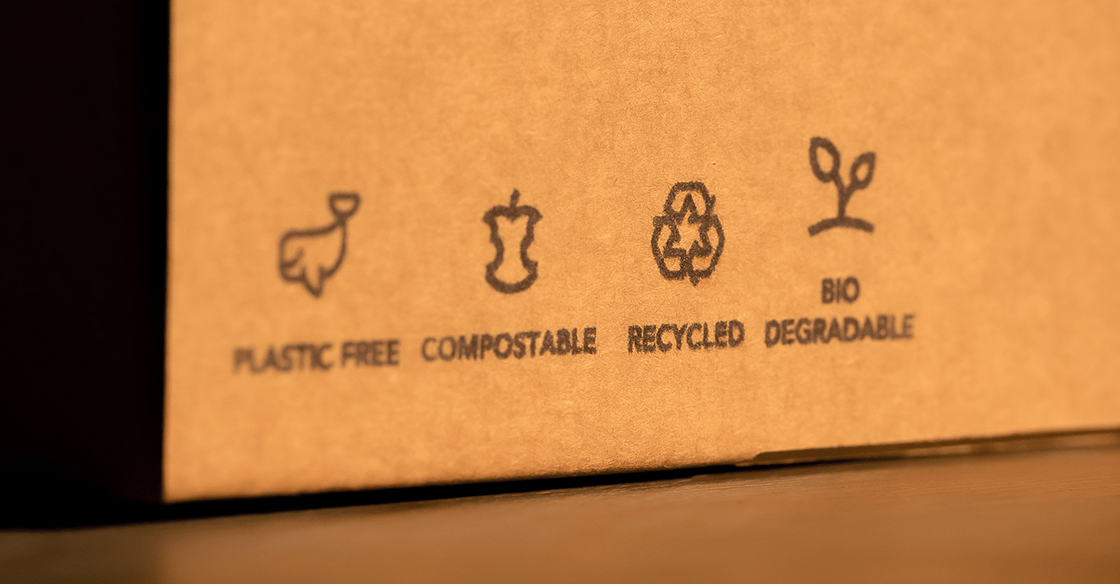2022 has been a rollercoaster of a year for both businesses and consumers. With inflation taking over as the most front-of-mind concern for, well . . . everyone, inflation is superseding sustainability in importance, and people don’t have the same disposable income to be able to spend a little more to be sustainable.
Early in 2022, Explorer Research conducted a study on the topic of sustainability to reveal emerging trends in consumer behavior around the issue. It turns out, sustainability is still a key factor for most shoppers – although it does battle it out at the checkout with inflation and pricing concerns. Now, as we approach the end of one of the toughest years in business we’ve seen, we’re looking back at the year to highlight several persistent trends in sustainability.
What Does Our Sustainability Research Say?
“Sustainability means meeting our own needs without compromising the ability of future generations to meet their own needs. In addition to natural resources, we also need social and economic resources. Sustainability is not just environmentalism.”
Earlier in the year, we conducted a study targeting both conscious and subconscious consumer concerns around sustainability. Although inflation and supply chain issues have become a strong focus for many shoppers, the environment and sustainability were topics already ingrained in the consumer psyche before the pandemic – and they remain an important deciding factor.
- 76% of shoppers say they know the price of most food and packaged goods they buy
- 63% admit they will purchase generic brands when on sale over their favorite name brands
- 52% are willing to pay more for a product that is environmentally safe
- 46% tell us they look for the most sustainable option when purchasing
These figures tell us that, although cost and inflation play a role, consumer sentiment around sustainability is still strong. Shoppers are willing to seek out sustainable options that align with their goals of keeping the budget in check while making the best choices for the environment.
As inflation eases and consumer concerns around cost and the supply chain slowly creep back to pre-pandemic levels, brands need to be aware of prevailing sustainability trends and be ready to meet those consumer needs, now and in the future.
Top Sustainable Package Design Trends Throughout 2022
There were no shortages of businesses making efforts to increase their clout in the sustainability arena during 2022. Despite supply chain pressures, inflation, and shifting consumer sentiment around price and brand loyalty, many big-name brands are making big moves to keep ahead of the pack when it comes to environmental impact. Reflecting on our Sustainability Study and 2022 blog on Top Sustainable Packaging Trends of 2022, let’s now take a look at some of the sustainable package design trends that emerged most prominent.
Recycled and recyclable packaging: Earlier this year, we predicted that sustainable packaging options like recyclable, compostable, and recycled packaging would trend strongly in 2022 and this was proven to be the case. In fact, some of the biggest brands in the world are putting their money where their mouths are when it comes to creating a circular packaging economy. Sprite and Dasani have moved to clear bottles in an effort to boost the recycling of their bottles and also enhance the quality of recycled material generated from them. Parent company, Coca-Cola aims to make 100% of its packaging recyclable by 2025. Meanwhile, PepsiCo announced its second green bond, to the tune of $1.25 billion, to support its goal of 50% recycled packaging for its products by 2030.
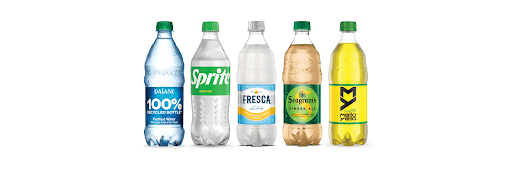
Recyclable packaging is making headway in other household products, too. In 2019, Colgate introduced the first recyclable toothpaste tube and shared the technology with competitors to hasten global adoption. More recently, they’ve developed a chewable toothpaste tablet, which aims to further reduce packaging waste. The Company plans to move fully to recyclable tubes by 2025, when all of its products will be in 100% recyclable packaging.
Making messaging clearer: All the sustainable package design innovation in the world is for naught if your customers don’t know about them. We know from our research that consumers want to choose the best option for the environment when they shop – but getting that messaging across in a busy supermarket aisle or online storefront is crucial. We saw paper and cardboard packaging continue as trends in 2022, as these clearly spell ‘recyclable’ to consumers. Other brands are re-designing their packaging to highlight that message and let consumers know they can reuse, recycle, or even compost certain packages.
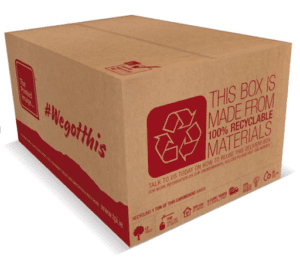
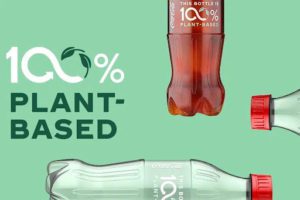
Reducing food waste in other ways: For consumers, it’s a win-win. Reducing food waste helps them to meet their goals for sustainability, whilst also helping to keep the household budget in check. This means not only buying food that’s in season but seeking out more variety in packaging sizes – thus buying only what is needed for the week.
Saving confusion around out-of-date labels is another trend we’ve seen pick up in 2022. UK supermarket giant, Marks & Spencer, announced this year that it would do away with date labels on over 300 of its fruit and vegetable lines, including things like packaged grapes. Waitrose, another leading British supermarket, is removing ‘best before’ labels from over 500 products. Both brands hope that this will encourage customers to use their best judgment about when to throw away food, rather than relying on labels that may cause confusion (‘best before’ and ‘use by’ mean two different things but can be mistaken for one another). Both Waitrose and Marks & Spencer hope that this will help to reduce food waste in households.
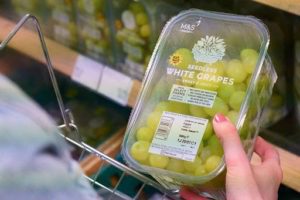
Less is more in sustainable package design: Designing sustainable packaging comes down to more than recycling, according to our sustainability research. In 2022, we saw a trend towards more economical package designs that not only reduce costs and tackle supply chain issues but also help to reduce waste. Perhaps most (in)famously, Apple has done away with the charging brick for new model iPhones and paired this with smaller boxes. Global giant, Amazon, on the other hand, is doing away with packaging altogether where possible. Dubbed ‘frustration-free packaging’ or FFP, it aims to “offer more-sustainable packaging that is easy to open, fully recyclable, and capable of shipping without additional packaging protection.”
Brands Should Be Designing Sustainable Packaging for The Future
Looking back at 2022, it’s clear that sustainability and sustainable package design are still top concerns for shoppers, despite inflationary pressures. Our sustainability research suggests that this trend isn’t going anywhere. The examples above prove this point, with some of the world’s biggest brands making ongoing efforts to innovate for more eco-conscious packaging and practices throughout their businesses. Other brands should take note of this and be looking into what they can do to make their manufacturing, shipping, and packaging more environmentally friendly.
What will happen in 2023 and beyond? Keep on top of upcoming trends and never miss the boat, with Explorer Research’s sustainability research and shopper insights.
